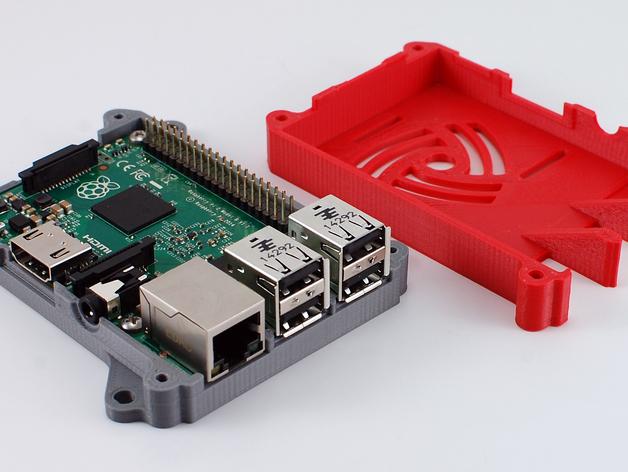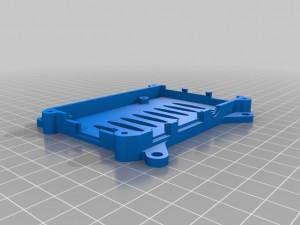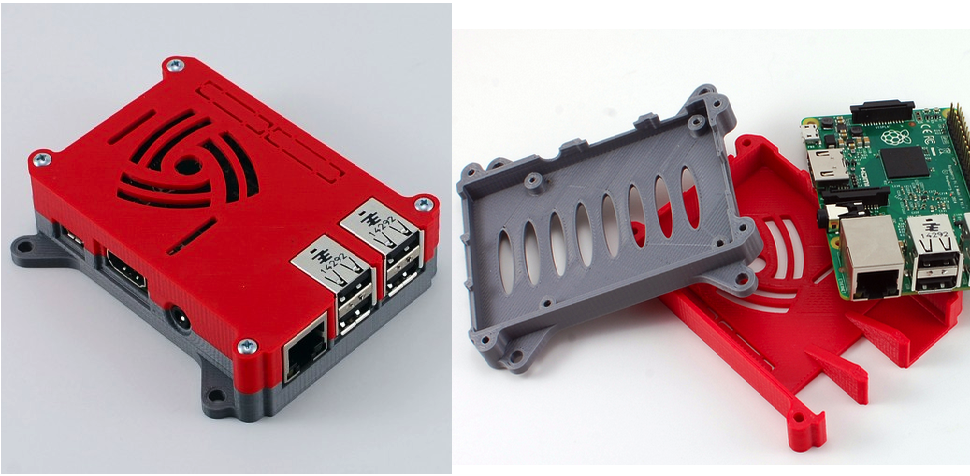It was originally conceived back in 2006 as a tiny – and very affordable – computer for kids.
When Eben Upton, Rob Mullins, Jack Lang and Alan Mycroft took on the task of building such a device, they were all based at the University of Cambridge Computer Laboratory. The group were concerned that the number of students interested in Computer Science courses was dropping at an alarming rate.
They took it upon themselves to address the issue, and they believed the problem lay in the fact that computers had become “so expensive and arcane that programming experimentation on them had to be forbidden by parents.”
From 2006 to 2008, the team designed several versions of what is now known as the Raspberry Pi and the Raspberry Pi Foundation to support the work, and three years later, the Raspberry Pi Model B had entered mass production. Within two years, that first commercial version it had sold more than two million units.
The group says they’re pleased that the Raspberry Pi now functions as a “catalyst” to encourage affordable, programmable computers everywhere.
Those simple and elegant little devices now power a wide range of useful devices and drive an armada of development activities.
Now a 3D printed Raspberry Pi 2 case promises to give developers a leg up on mounting and managing the hardware requirements of those devices. It includes an access slot for a Pi camera, a screw-together design where the screw mounting of Raspberry Pi to case uses holes in the PCB, a built-in set of 75mm VESA mounting tabs, a” rotary engine” vent design all via a high resolution STL mesh.
 The project also includes .STEP format files of the two halves of the case for use by any designers or developers who would like to tweak the design for specific applications.
The project also includes .STEP format files of the two halves of the case for use by any designers or developers who would like to tweak the design for specific applications.
Adafruit is hosting the files, and they’ve made it a habit to, on Thursdays, focus on electronics projects integrated with 3D printed enclosures, brackets and sculptures, and you can check them out here.
As for the Pi itself? Up to February of this year, more than five million Raspberry Pis have been sold which makes them the fastest selling British personal computer. The next-generation Raspberry Pi 2 was released during February of this year as well, and the Raspberry Pi 2 retains the same $35 price tag as the model B it’s meant to replace.
Will you grab the files to 3D print out your own Raspberry Pi project case? Let us know in the Raspberry Pi 2 forum thread on 3DPB.com.
Subscribe to Our Email Newsletter
Stay up-to-date on all the latest news from the 3D printing industry and receive information and offers from third party vendors.
Print Services
Upload your 3D Models and get them printed quickly and efficiently.
You May Also Like
Havaianas Collaborates with Zellerfeld to Launch 3D Printed Flip-Flops
The shoe of the summer is undoubtedly the flip-flop. Easy on, easy off, your feet won’t get sweaty because there’s not much material, and they’re available in a veritable rainbow...
UCLA Researchers Develop 3D Printed Pen that May Help Detect Parkinson’s Disease
Diagnosing Parkinson’s disease is difficult. Often, early symptoms of the progressive neurological condition may be overlooked, or mistaken for signs of aging. Early diagnosis can help save lives and improve...
Printing Money Episode 30: Q1 2025 Public 3D Printing Earnings Review with Troy Jensen, Cantor Fitzgerald
Printing Money is back with Episode 30, and it’s that quarterly time, so we are happy and thankful to welcome back Troy Jensen (Managing Director, Cantor Fitzgerald) to review the...
Heating Up: 3D Systems’ Scott Green Discusses 3D Printing’s Potential in the Data Center Industry
The relentless rise of NVIDIA, the steadily increasing pledges of major private and public investments in national infrastructure projects around the world, and the general cultural obsession with AI have...

































